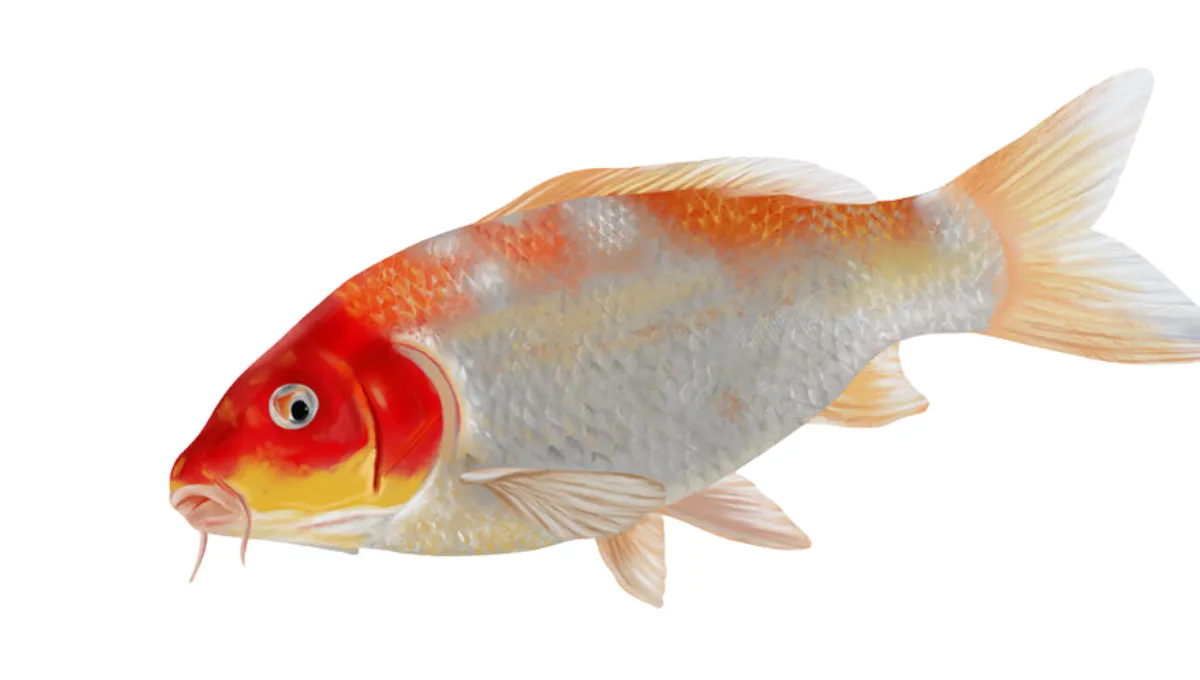

Welcome to United Fish, your premier resource for learning how to draw a fish. Drawing is a captivating form of art that allows us to bring life to our imagination. In this guide, we will take you on a journey to discover the techniques and secrets behind creating a remarkable fish drawing.
Whether you’re a beginner looking to develop your skills or an experienced artist seeking inspiration, we have you covered. Join us as we explore step-by-step instructions, valuable tips, and expert guidance to help you master the art of drawing a fish. With United Fish by your side, you’ll soon be creating stunning fish illustrations that will leave a lasting impression. Let’s dive in and unleash your artistic potential!
Before diving into the world of fish drawing, let’s take a moment to familiarize ourselves with the United Fish Company (UFC). Established in 2020, the UFC has been a leading player in the global fishing industry, specializing in sourcing, processing, and distributing high-quality seafood. With a commitment to sustainability, excellence, and innovation, the UFC has built a reputation for delivering superior products to consumers worldwide.
Now, let’s embark on our artistic journey and learn how to draw a fish step by step.
To begin drawing a fish, gather the following materials:
Start by lightly sketching the basic shape of the fish. Depending on the species, visualize the fish as an elongated oval or an irregular diamond shape. Use a light pencil such as HB to create loose lines, ensuring the fish’s body is proportional and well-balanced.
Once the overall shape is established, add details such as the head, tail, and fins. Observe the specific fish species you wish to draw and pay attention to these elements’ placement, size, and proportion. Keep your lines light and fluid, allowing for adjustments as you progress.
Focus on the fish’s anatomy, including the eyes, mouth, gills, and scales. Study reference images or observe real fish to capture the intricate details accurately. Use a darker pencil, such as 2B or 4B, to refine the lines and create depth. Remember to work slowly, adjusting the pressure on your pencil to vary the line weight and achieve a three-dimensional effect.
To infuse your fish drawing(How To Draw A Fish) with realism, concentrate on the finer details. Enhance the eyes by adding highlights and reflections, giving them a natural sparkle. Please pay attention to the texture of the fish’s scales, employing light, curved strokes to mimic their patterns. To create depth and volume, experiment with shading techniques like cross-hatching, stippling, or blending with a tortillon.
If you add color to your fish drawing(How To Draw A Fish), consider using colored pencils or markers. Study the fish shop species’ coloration and apply layers of color gradually, blending and layering to achieve smooth transitions and gradients. Alternatively, you can leave your drawing in black and white for a striking monochromatic effect.
Drawing a fish can be an enjoyable and rewarding artistic endeavor. Following the step-by-step instructions and incorporating the tips and techniques in this guide, you can hone your skills and create beautiful fish drawings. Remember, drawing is a journey of continuous improvement, so be patient with yourself, practice regularly, and let your creativity swim freely. With the guidance of the United Fish Company, may your fish drawings capture the beauty and elegance of these mesmerizing creatures.

A Look at Dubai Mall’s Most Talked-About Dining Spots in 2025

A Look at Dubai Mall’s Most Talked-About Dining Spots in 2025

The Confluence of Culinary Excellence and Casino Trends in the UAE


The Benefits of Hiring a Professional Clown for Children’s Parties


Near-Expiry Pantry & Sweets in Dubai: Big Savings on Everyday Essentials

كيف يمكنني اللعب في كازينو اون لاين بأمان؟

Ford Raptor 2025 in the UAE: Pricing, Power, and Desert Ready Capability

Behind Every Online Food Order in Dubai Is a Strong IT Support

A Look at Dubai Mall’s Most Talked-About Dining Spots in 2025

A Look at Dubai Mall’s Most Talked-About Dining Spots in 2025

The Confluence of Culinary Excellence and Casino Trends in the UAE